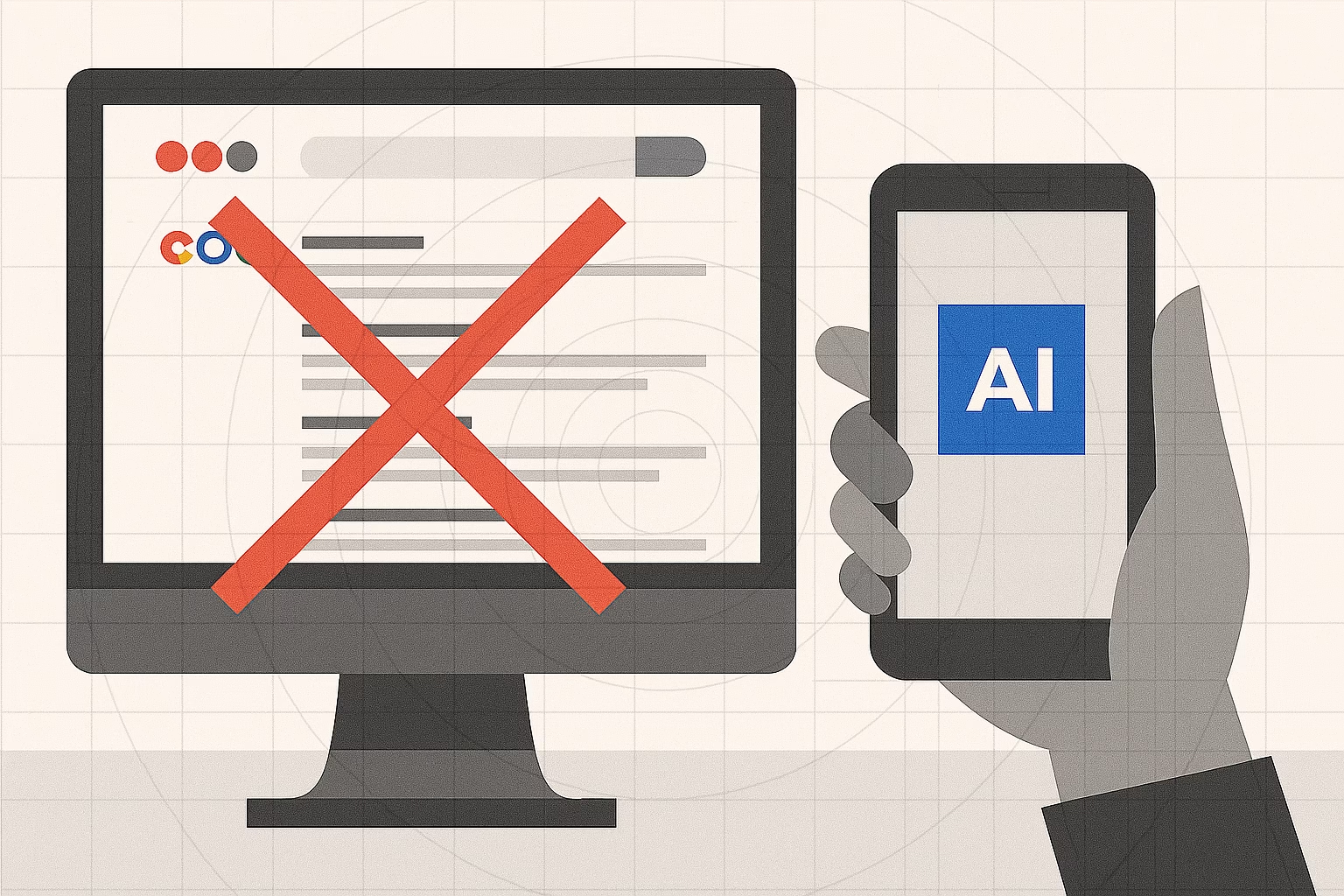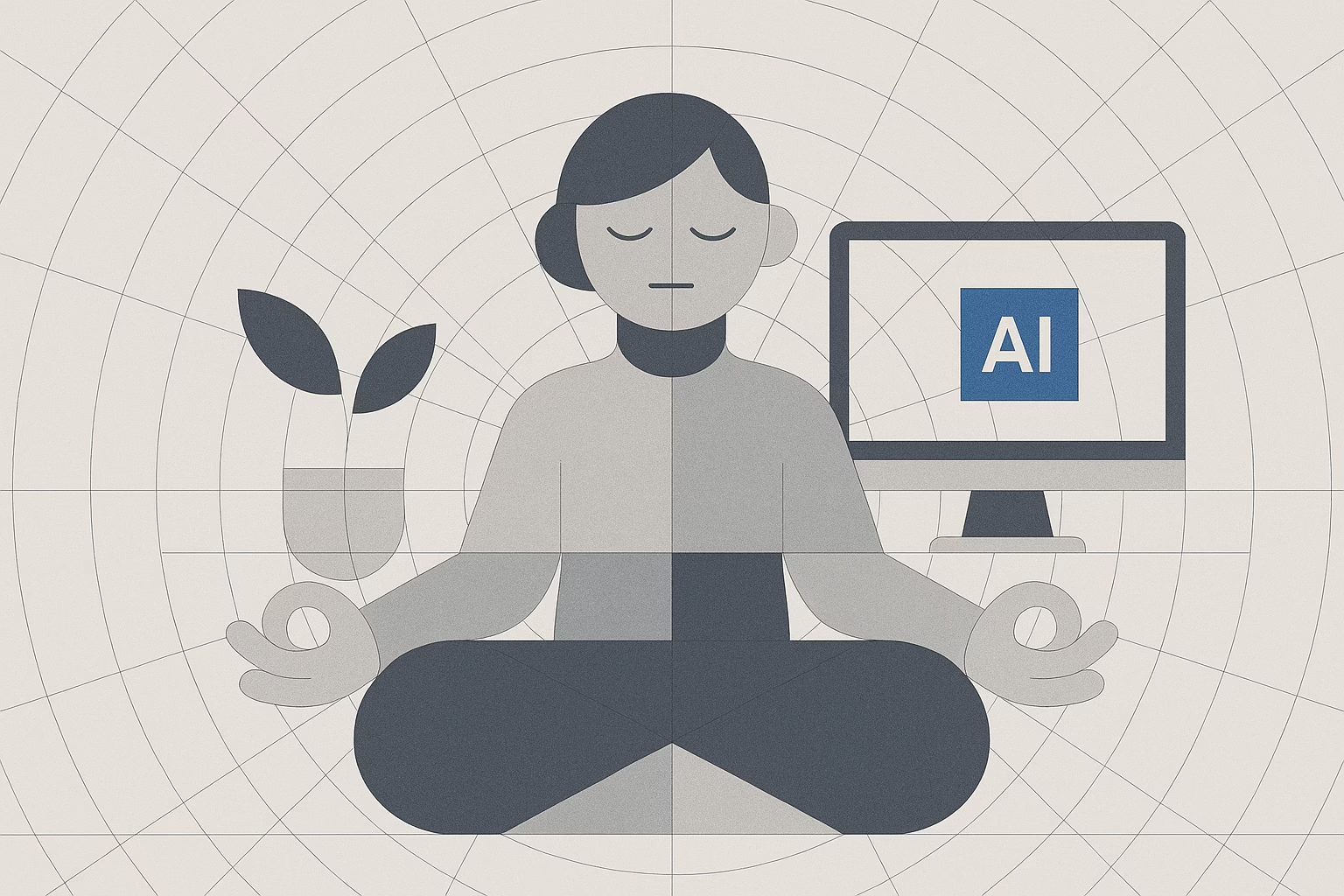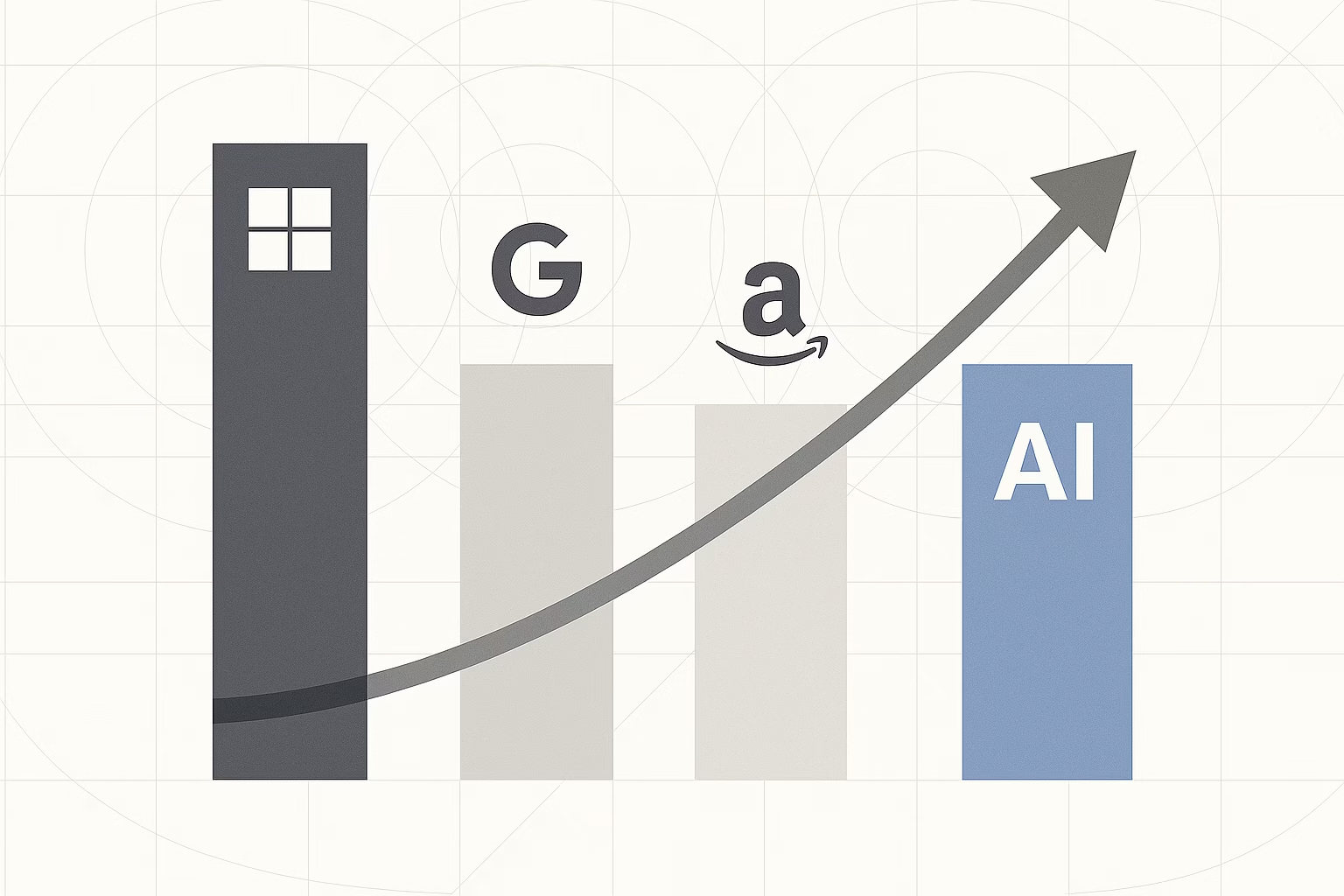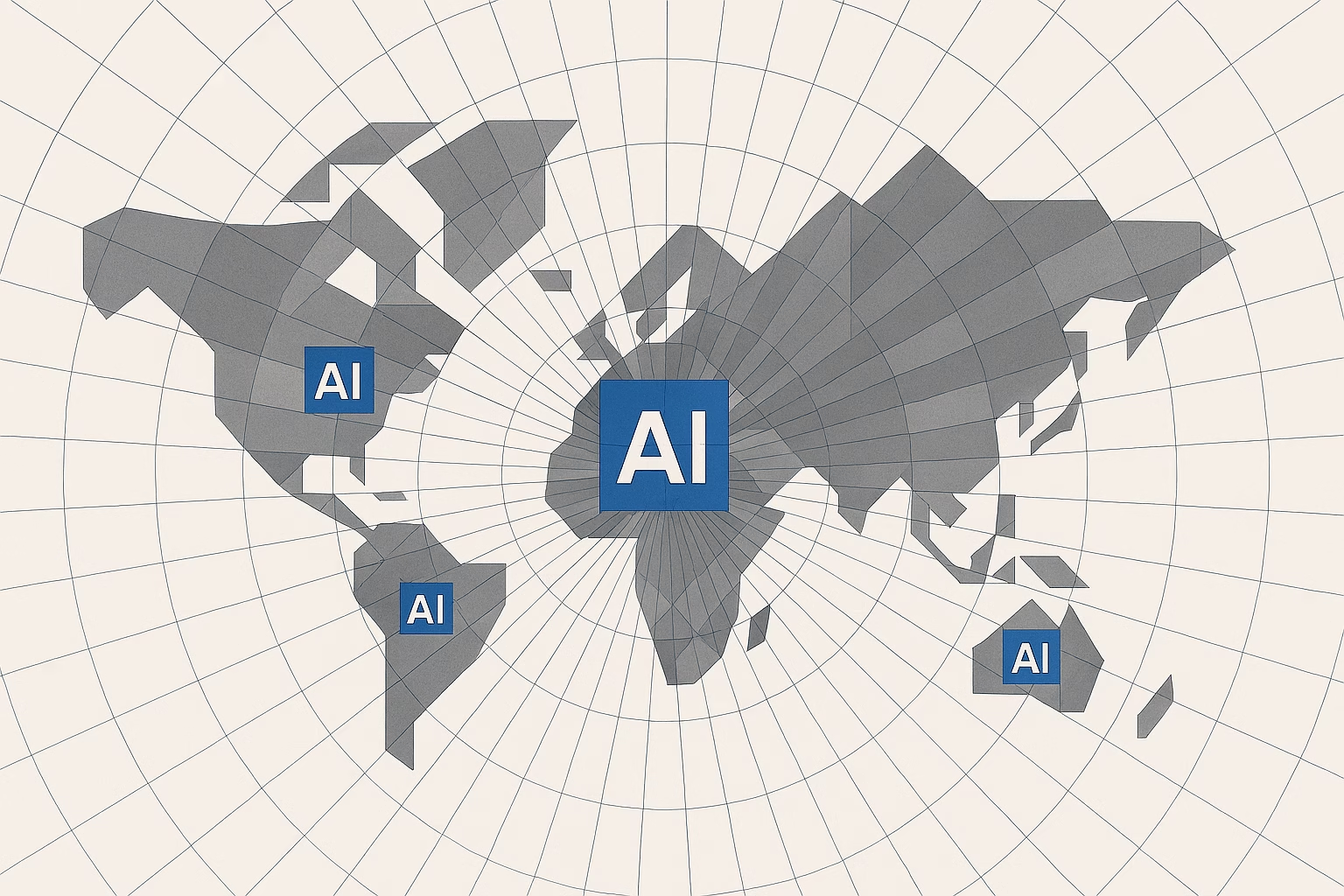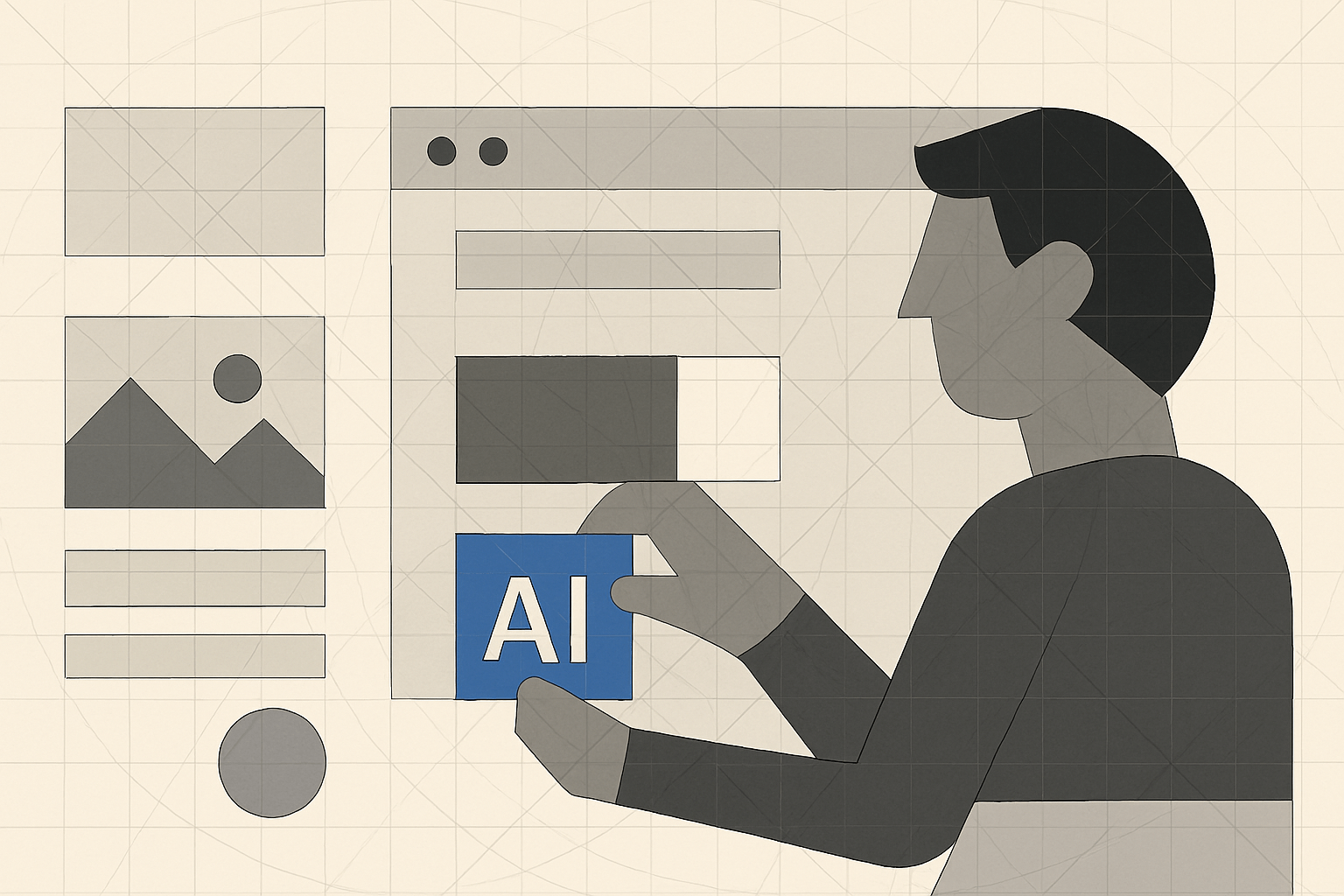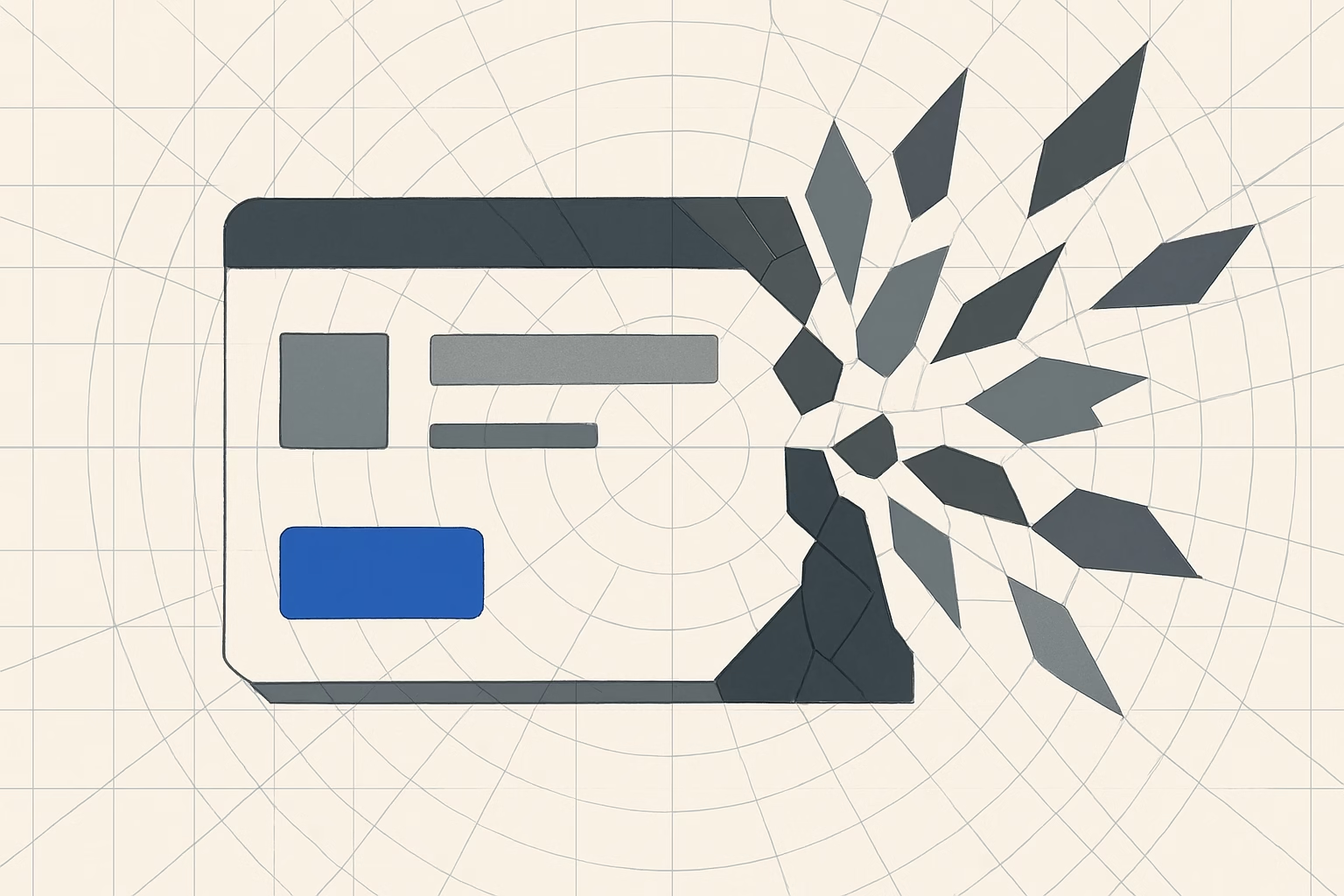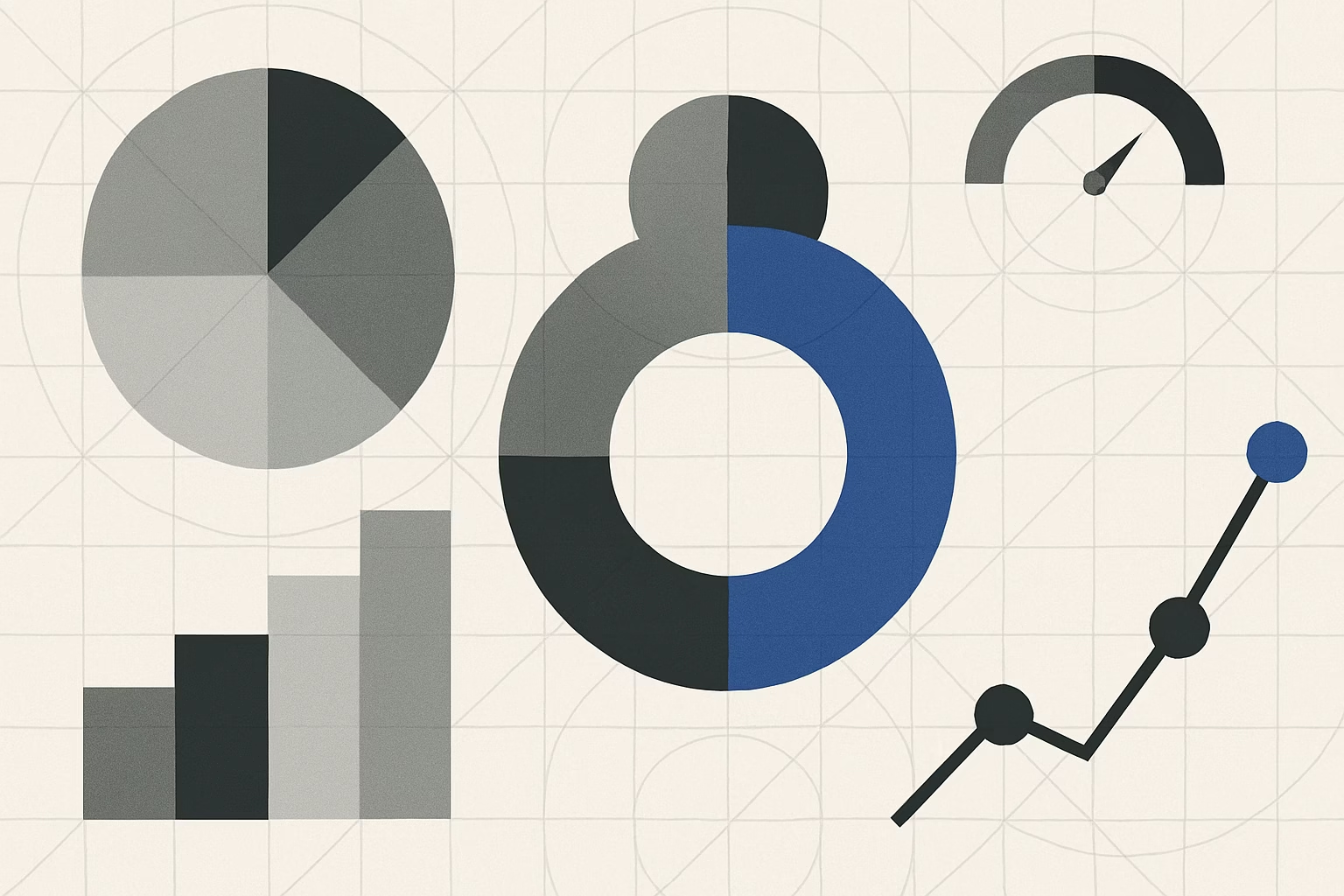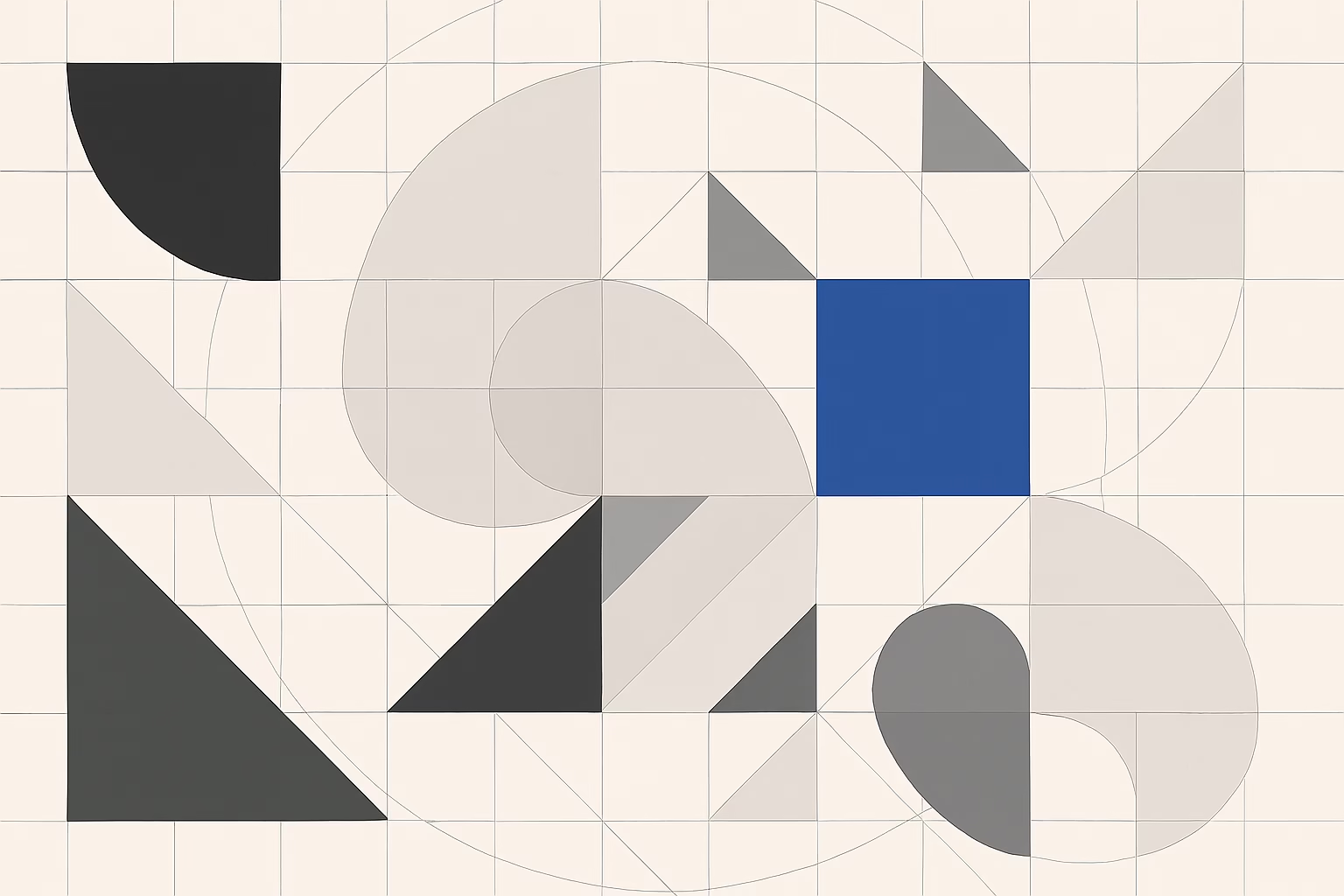AI search optimisation is changing discovery. From zero click answers to brand citations, here is how PMs and designers adapt fast.
Editorials; updates; and opinionated takes on AI trends; product launches; and industry shifts.
Swarmed by relentless notifications and energy-draining interfaces, can designers craft experiences that restore focus, protect our planet, and honour human emotion? Discover simple steps toward a digital calm without sacrificing your innovation.
Discover why Google, Microsoft, and Amazon have the AI Market Landscape locked down, how free services will win the day, and which company could emerge as a surprise fourth contender.
At Designflowww.com we rolled out our AI Transparency Statement and asked if every design team should disclose AI tools like privacy notices. Most peers shrugged, saying AI is just another creative tool. But global regulators think otherwise.
Right now, AI is a tug of war. In boardrooms it’s a cost‑cutter, in creative spaces it’s a threat. Both views miss the truth: used well, AI can protect the human spark and drive innovation at scale. But if leaders chase savings at the expense of quality, or creatives retreat in fear, the result is the same — stalled progress, eroded trust, and lost opportunity.
As AI matures, UX designers on r/UXDesign are weaving it into every phase of their process, from AI-generated moodboards and text-to-prototype plugins to automated research analysis and co-writing with LLMs. This community-driven guide shows how you can accelerate ideation, streamline user testing, and maintain human-centered craft, all while scaling your workflows.
With every innocent AI query, data centers kick into overdrive, burning through 415 TWh of electricity and evaporating 560 billion liters of water in last year alone. If AI’s appetite doubles, we’ll face a power demand equivalent to adding another Germany to the power grid) enough water withdrawal to sustain 100 million people. This hidden resource drain is a silent environmental ticking time bomb.
Apple has once again shaken up the design world with its latest UI experiment, Liquid Glass. While the shimmering, translucent aesthetic may seem like a sleek modernization, it comes with a range of usability concerns that could set a troubling precedent for the future of UX. The revival of skeuomorphic elements attempts to blend nostalgia with innovation, but at what cost? Designers and users alike are finding themselves frustrated by readability issues, distracting animations, and accessibility oversights that undermine the core principles of intuitive interaction.
In this critical UX analysis, we dissect Liquid Glass, exploring how its design choices create friction rather than fluidity. From text that fades into oblivion to interface elements that feel more ornamental than functional, this update poses significant challenges that Apple needs to address before it reshapes industry standards. As digital design continues to evolve, one question remains: is Liquid Glass a glimpse into the future, or a cautionary misstep that prioritizes aesthetics over usability?
Discover powerful strategies for digital product management and learn how to transform your digital product ideas into market successes. Dive in for actionable insights!
Uncover the hidden layers of cultural debt—the less visible, yet critical, organizational pitfalls that can derail product innovation and disrupt team dynamics. This comprehensive guide explores how cultural debt manifests, its impact on products, and actionable strategies to diagnose and overcome it for lasting organizational success.
